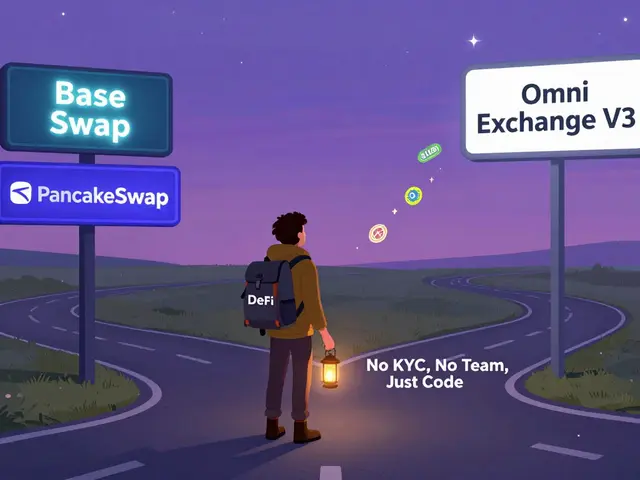Detection Risks in Crypto
When navigating the fast‑moving world of digital assets, understanding Detection Risks, the chances of being flagged, scammed, or caught in fraudulent schemes within cryptocurrency ecosystems is the first step to protecting your money. Also known as crypto detection hazards, this concept pulls together everything from fake token scams to missed compliance checks. Recognizing these risks early can save you from lost funds and legal trouble. Detection Risks affect anyone holding, trading, or developing crypto projects.
One major piece of the puzzle is crypto scams, deceptive schemes that lure users into sending funds or revealing private keys. Scammers exploit hype around airdrops, new tokens, and high‑yield promises. They often copy legitimate project branding, making it hard to tell a genuine giveaway from a trap. When a scam slips through the cracks, the detection risk rises dramatically, and victims can face irreversible losses. Knowing the tell‑tale signs—unusual wallet requests, pressure to act fast, and lack of verifiable audit reports—helps you spot a scam before it hits your balance.
How Airdrop Verification Reduces Detection Risks
Another critical guardrail is airdrop verification, the process of confirming that a token distribution is legitimate, meets regulatory standards, and isn’t a phishing ploy. Proper verification includes checking the official project website, reading smart‑contract source code, and cross‑referencing announcements on trusted channels like CoinMarketCap or the project's Discord. When you skip these steps, you raise the chance of falling for fake token drops like the infamous “Fake COINBASE (COIN)” token. By treating every airdrop as a mini‑audit, you lower detection risks and keep your portfolio clean.
Regulatory compliance acts like a safety net for the entire ecosystem. Regulatory compliance, adherence to laws and guidelines that govern crypto transactions, reporting, and anti‑money‑laundering measures forces exchanges, wallets, and projects to implement KYC/AML checks, secure audit trails, and transparent reporting. When a platform meets these standards, the detection risk for its users drops because there’s less room for illicit activity to hide. Conversely, non‑compliant exchanges—think of the BITCOINBING review that flagged licensing gaps—raise red flags for investors.
Exchange safety is the final piece you can’t ignore. A trustworthy exchange runs regular security audits, publishes proof‑of‑reserves, and offers insurance for custodial assets. When those safeguards are missing, detection risks soar, exposing traders to hacks, withdrawal blocks, or outright scams. Comparing features, fee structures, and compliance records—like the differences between Uniswap V4’s Ethereum‑only focus and PancakeSwap’s BSC deployment—helps you pick a platform that minimizes exposure.
Putting it all together, detection risks encompass crypto scams, require robust airdrop verification, and are heavily influenced by regulatory compliance and exchange safety. By understanding how each element interacts, you can build a layered defense: verify every airdrop, choose compliant platforms, and stay alert for scam tactics. Below you’ll find a curated list of articles that dive deeper into each of these areas, offering step‑by‑step guides, real‑world case studies, and practical checklists to keep your crypto journey secure.
VPN Crypto Iran: How Traders Get Detected and How to Stay Safe
Explore how Iranian crypto traders use VPNs, the latest detection methods, recent enforcement crackdowns, and practical steps to stay safe while trading online.





